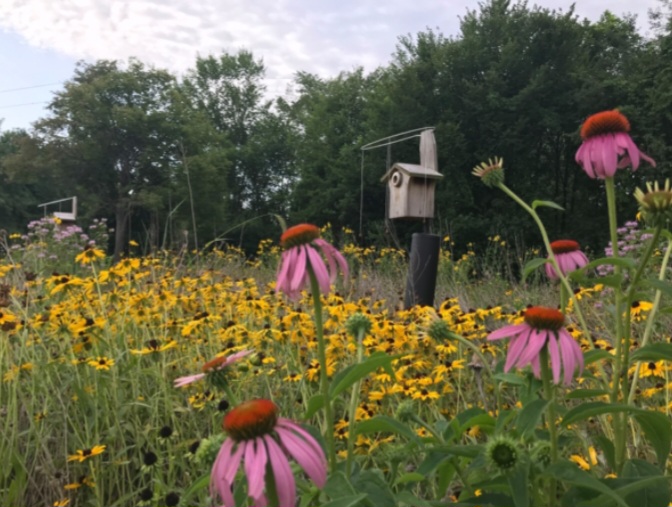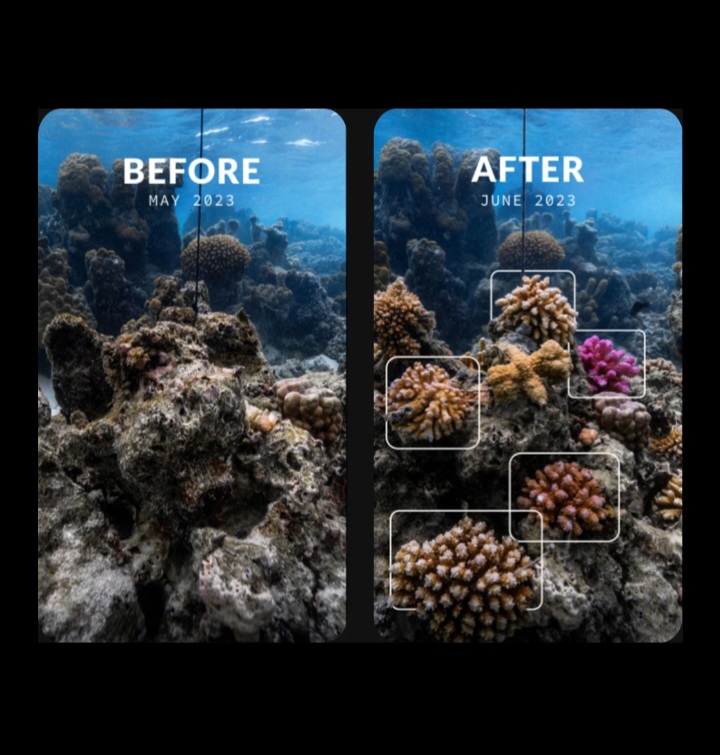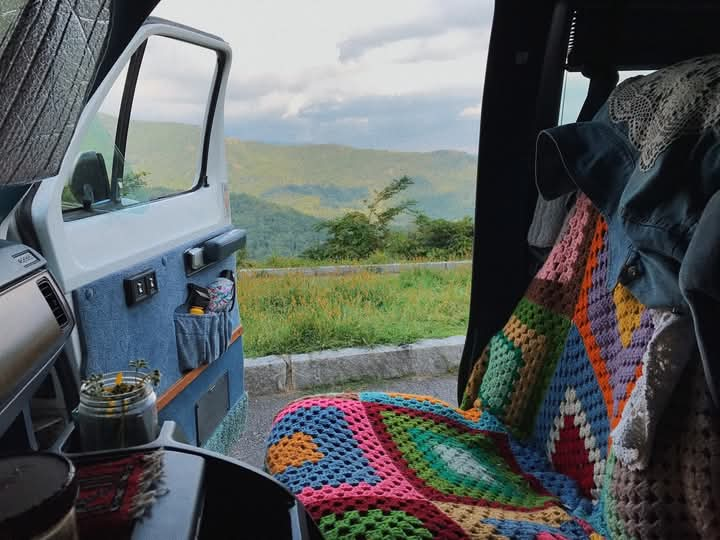Imagine stepping out your back door and being greeted by a flurry of butterflies, the melodic trill of birdsong, and the gentle rustle of leaves as a rabbit scampers by. No, you're not in a national park. You're in your own backyard. Creating a wildlife habitat at home is more than a fun gardening project; it's a lifeline for local species and a gift to your community and yourself. Here’s why it matters, how it helps, and why a simple sign can make all the difference.
Habitat, Sweet Habitat
A wildlife habitat doesn't have to mean turning your yard into a jungle. In fact, native plants, a water source, shelter, and places to raise young are the only real requirements. According to the National Wildlife Federation's Garden for Wildlife program, these elements can transform even a modest suburban lawn into a vital oasis for local fauna (Smith, 2017).
As urban and suburban development continues to gobble up wild spaces, our yards can become crucial patches in the ecological quilt. Think of your habitat as a pit stop for migrating birds, a nursery for native bees, and a pantry for squirrels, frogs, and butterflies.
Animal Guests: Who Benefits and How
Birds: The Aerial Acrobats
Birds thrive in environments with trees, shrubs, and plenty of insects. A mix of berry-producing plants and native trees like oak or dogwood can offer both nutrition and nesting spots. Hummingbirds, for instance, love red tubular flowers like bee balm and cardinal flower. Installing a birdbath or small fountain not only delights the eye but gives birds a much-needed drink.
Bees and Butterflies: The Pollination Nation
These tiny dynamos are responsible for one in every three bites of food we eat. Native wildflowers like milkweed, black-eyed Susan, and coneflower support pollinators far more effectively than ornamental hybrids. Monarch butterflies rely on milkweed for their entire reproductive cycle—no milkweed, no monarchs.
Small Mammals: The Furry Underdogs
Rabbits, chipmunks, and even opossums benefit from brush piles, hollow logs, or rock crevices where they can hide from predators and harsh weather. Contrary to popular belief, opossums are fantastic neighbors. They eat ticks by the hundreds, reducing your chances of Lyme disease (Backyard Biodiversity, 2020).
Amphibians and Reptiles: The Quiet Keepers
Toads, frogs, and snakes may not get the glamour treatment, but they play vital roles in pest control. A shallow water dish and a few shady, damp spots can encourage these creatures to set up camp. Toad houses made from broken terra cotta pots add a whimsical touch, too.
Sign Here: Communication is Key
Now, let’s talk about that sign.
You might be excited about your thriving meadow of wildflowers, but your neighbors may see it as an unmowed mess. This is where education and communication make all the difference. A simple sign declaring your yard as a Certified Wildlife Habitat not only legitimizes your landscaping but invites curiosity and conversation.
Think of it as your yard’s resume.
Programs like the National Wildlife Federation’s certification or Xerces Society’s Pollinator Habitat sign help you show off your eco-cred while also educating others. Suddenly, what looked like a weedy corner becomes an important pollinator corridor. Your efforts go from eccentric to enlightened.
Community Ripple Effects
One yard might not save the world, but a block of them could. Studies have shown that urban biodiversity corridors significantly increase species richness and resilience (Tallamy, 2019). Kids growing up around these microhabitats learn to appreciate nature firsthand. It becomes normal to see a goldfinch or a swallowtail butterfly fluttering through the yard.
Plus, these spaces aren’t just for wildlife. A habitat garden often requires fewer chemicals, less mowing, and more time simply observing. That’s a win for your mental health, your wallet, and the planet.
Getting Started: A Quick Checklist
Food: Native plants, nectar flowers, berries, and feeders.
Water: Birdbaths, shallow ponds, or even a dripping hose.
Cover: Shrubs, logs, brush piles, or tall grasses.
Places to Raise Young: Nesting boxes, dense vegetation, or host plants.
Sustainable Practices: Reduce pesticides, conserve water, and compost.
You don’t have to do it all at once. Start with a corner of your yard and let it grow. You’ll be amazed at how quickly life returns.
Final Thoughts: The Wild Within Reach
In an age of climate change and biodiversity loss, it’s easy to feel helpless. But your yard—yes, yours—can be part of the solution. By choosing to support wildlife, you’re not just planting flowers. You’re planting hope.
So go ahead, put up that sign. Turn a few heads. And when the neighbors come over to ask why you have so many bees, you can smile and say, "Because it's a party out here."
Recommended Reading
Tallamy, Douglas. Nature's Best Hope: A New Approach to Conservation that Starts in Your Yard. Timber Press, 2019.
Smith, David. Garden for Wildlife: Creating a Backyard Habitat for Birds, Butterflies, and Insects. National Wildlife Federation, 2017.
Bormann, F. Herbert et al. Redesigning the American Lawn: A Search for Environmental Harmony. Yale University Press, 2001.
Xerces Society. Attracting Native Pollinators: Protecting North America’s Bees and Butterflies. Storey Publishing, 2011.
Now, who's ready to get their hands dirty?
|
|







